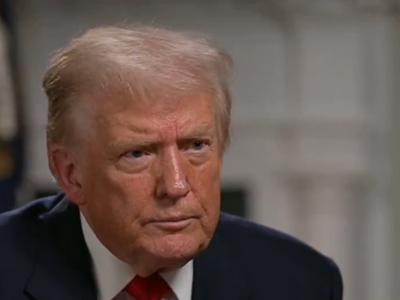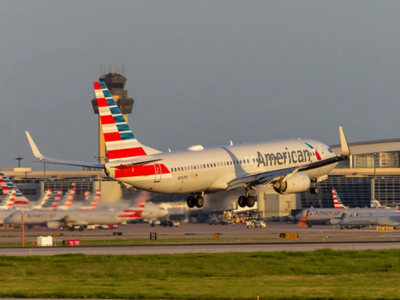Trump Admin. Taps Emergency Funds to Sustain Partial SNAP Benefits
- by Editor.
- Nov 03, 2025

Credit: Freepik
As the U.S. government shutdown enters its sixth week, the Trump administration announced on Monday it will use $5.25 billion in emergency reserves to fund 50% of November’s Supplemental Nutrition Assistance Program (SNAP) benefits, providing partial relief to over 42 million low-income Americans.
The U.S. Department of Agriculture (USDA) disclosed the plan in a Rhode Island federal court filing, complying with judicial orders from Massachusetts and Rhode Island that mandated partial payments by Monday. States are expected to receive distribution details by the end of the day, with Treasury Secretary Scott Bessent confirming that payments could begin as early as Wednesday, pending procedural clearance.
SNAP, which supports 1 in 8 Americans, typically provides about $715 monthly for a family of four—now reduced to roughly $3 per person per day. The shutdown, triggered by a funding impasse over President Trump’s border wall demands, has frozen the program’s $8 billion monthly budget since October 1.
USDA officials opted to draw from contingency reserves rather than divert $4 billion from child nutrition programs, citing the critical need to maintain school lunch and summer feeding initiatives. “The gap in child nutrition funding would be unprecedented,” wrote Deputy Undersecretary Patrick Penn.
Legal challenges from half the states, the District of Columbia, cities, and nonprofits argued the federal government’s obligation to maintain aid. Advocacy group Democracy Forward criticized the half-payment as inadequate, with CEO Skye Perryman stating, “It shouldn’t take court orders to protect families from hunger.” Massachusetts Governor Maura Healey added, “This funding was available all along – the president could have acted sooner.”
USDA Secretary Brooke Rollins defended the decision as “prudent,” emphasizing the priority given to child nutrition programs. Meanwhile, the shutdown has furloughed 2 million federal workers and cost up to $14 billion, according to Congressional Budget Office estimates. Food banks nationwide are bracing for increased demand, with 40 million Americans at risk of deeper hardship.
As Congress remains deadlocked, the emergency measure offers temporary relief—but uncertainty looms for millions relying on SNAP.













0 Comment(s)